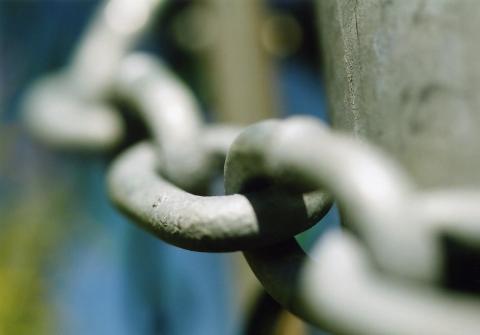Prime Minister Malcolm Turnbull returned from Washington last month even more convinced of the need for deep cuts in Australia’s 30% corporate tax rate, which is well above that in the US. Given the numbers in the Australian Senate, however, it is unlikely the proposed tax cut will pass.
How serious an issue is this for the future of the Australian economy? How long can any middle-sized economy hold out against a trend to lower corporate rates among its competitors?
As my Lowy Institute colleague Steven Grenville recently reminded us, because of the imputation system, corporate taxation functions very differently in Australia than in all other countries, except New Zealand.
The relevant issue is the impact company tax cuts will have on foreign investment in Australia. This is readily conceded in Treasury modelling, and has been pointed out several times by the Reserve Bank.
Somewhat surprisingly, given the rhetoric of the Australian Government and the Business Council of Australia (BCA), the numbers show that the relatively high nominal tax rate appears to have had no discernible impact on foreign direct investment in Australia. In the 12 months to the September quarter of 2017, the most recent quarter for which we have data, the flow of foreign direct investment into Australia was higher than it had ever been, and by a considerable margin.
At $79 billion, the inward flow was more than a tenth higher than the next highest 12-month rolling total, back in 2012. This is transactions data and comes closest to measuring the inward flow.
The stock of foreign direct investment in Australia has been similarly firm. At just short of $900 billion, in the September quarter 2017 the stock of foreign direct investment was 50% higher than it had been five years earlier, at a time widely regarded as the peak of the mining investment boom.
Throughout the period in which Australia has been discussing cuts to the corporate tax rate, and the government and the BCA have been warning of a sharp loss of international competitiveness, foreign direct investment in Australia has boomed.
If the corporate tax rate was such a disincentive to investment, one might expect Australian businesses to be eagerly putting their money into other economies with lower tax rates. Attracting foreign investment is, after all, said to be the motive for lowering corporate tax rates. But recently, outward direct investment has been unusually feeble.
The stock of Australian direct investment abroad in the September quarter 2017 was much the same as it had been two years earlier, and would have been markedly less were it not for the valuation effect of the cheaper Australian dollar. The flow of outward direct investment in the same period was $5 billion, or one sixteenth of the inward flow of direct investment.
It may be that Australia’s corporate tax rate is not as uncompetitive for foreign investors as the headline rate suggests. What really matters are the provisions for capital depreciation and other deductions. These account for a large part of the difference between the nominal tax rate and the effective rate, which is the actual rate paid.
In his Interpreter article, Grenville used Congressional Budget Office estimates of comparative rates to show that Australia’s effective rate is more competitive than the nominal rate suggests. Finance Minister Mathias Cormann prefers the corporate tax database of the Oxford University Centre for Business Taxation. In this database, Australia’s effective average corporate tax rate was 26.6% in 2017.
Of advanced economies, Japan, Germany, Spain, Belgium, and a number of others have somewhat higher corporate tax rates than Australia. New Zealand’s was a little more than one percentage point lower, and Canada three percentage points lower. The US effective rate was an enormous seven percentage points higher, but is now lower. The UK effective tax rate was far lower, at 18.5%.
On these numbers, the effective rate facing a foreign investor in Australia is a little higher than in New Zealand, Canada, and the UK, and a little lower than in a number of other countries.
But it is quite difficult to link the corporate tax rate with investment – either foreign or domestic. On World Bank data for the year 2016, Australia’s investment as a share of GDP was 25.5%, compared to 17% for the UK. Investment in Canada and New Zealand as a share of GDP was also below Australia’s, though both countries have somewhat lower effective corporate tax rates. The US, with a stellar effective corporate tax rate of 34%, nearly twice the UK’s effective rate, also had higher investment as a share of GDP than the UK in 2016.
It is true that tax rates are one of the issues affecting the level of foreign investment, and if corporate tax rates in competing economies continue to erode, Australia may someday have to cut its rates as well. But foreign direct investment, as well as overall investment, in Australia is actually very strong compared to economies with lower corporate tax rates. And we are yet to see the long-term consequences of financing corporate tax cuts by adding to fiscal deficits, which is what the US is doing.
At the very least, the strength of inward flows suggests there is no urgency in cutting Australian corporate tax. We could well wait and see, and in the meantime repair the Federal Government budget faster than we could otherwise. This might also give Australian policymakers time to think up cleverer and more discriminating ways to attract mobile foreign capital in its most useful forms.

